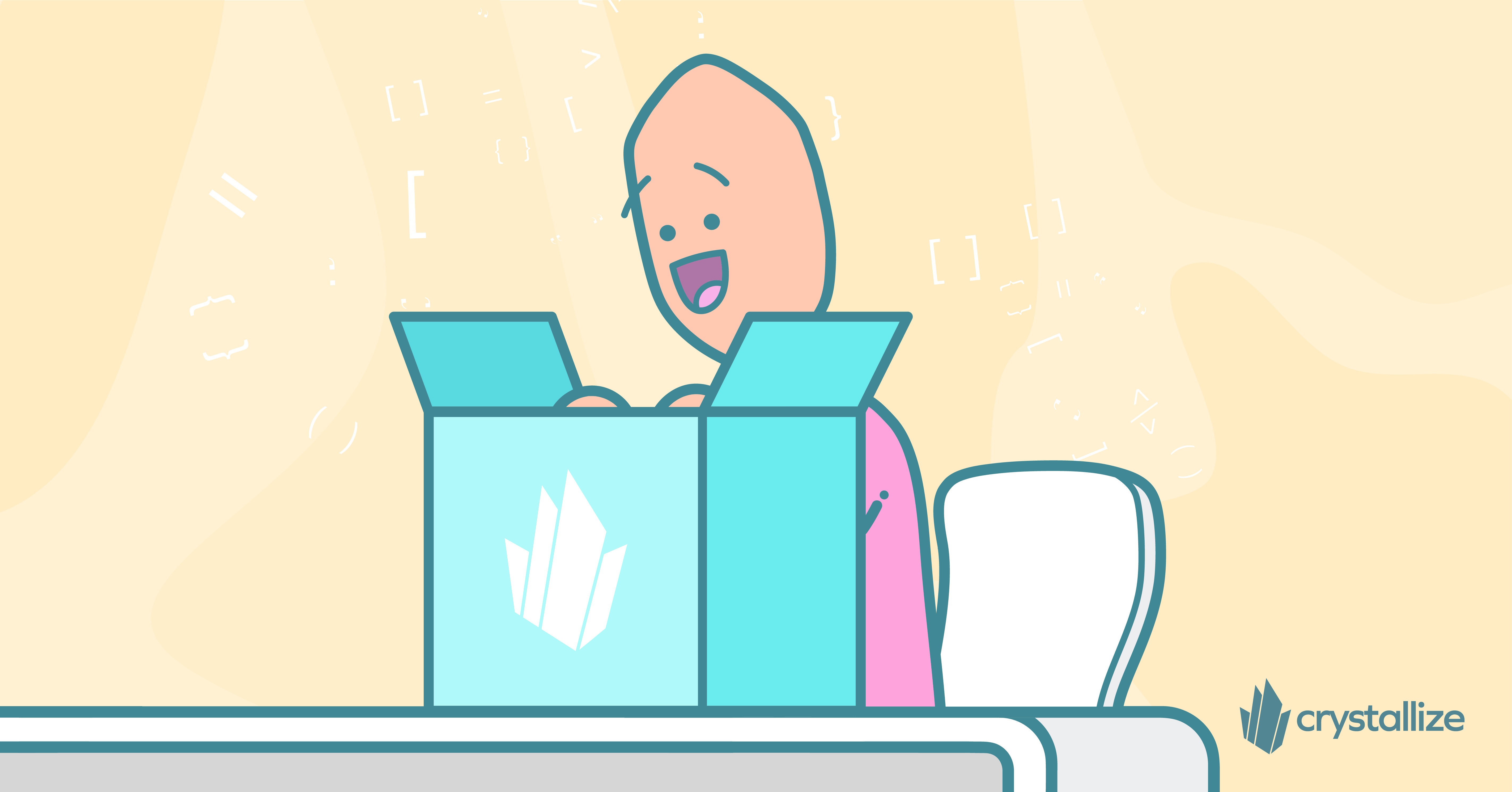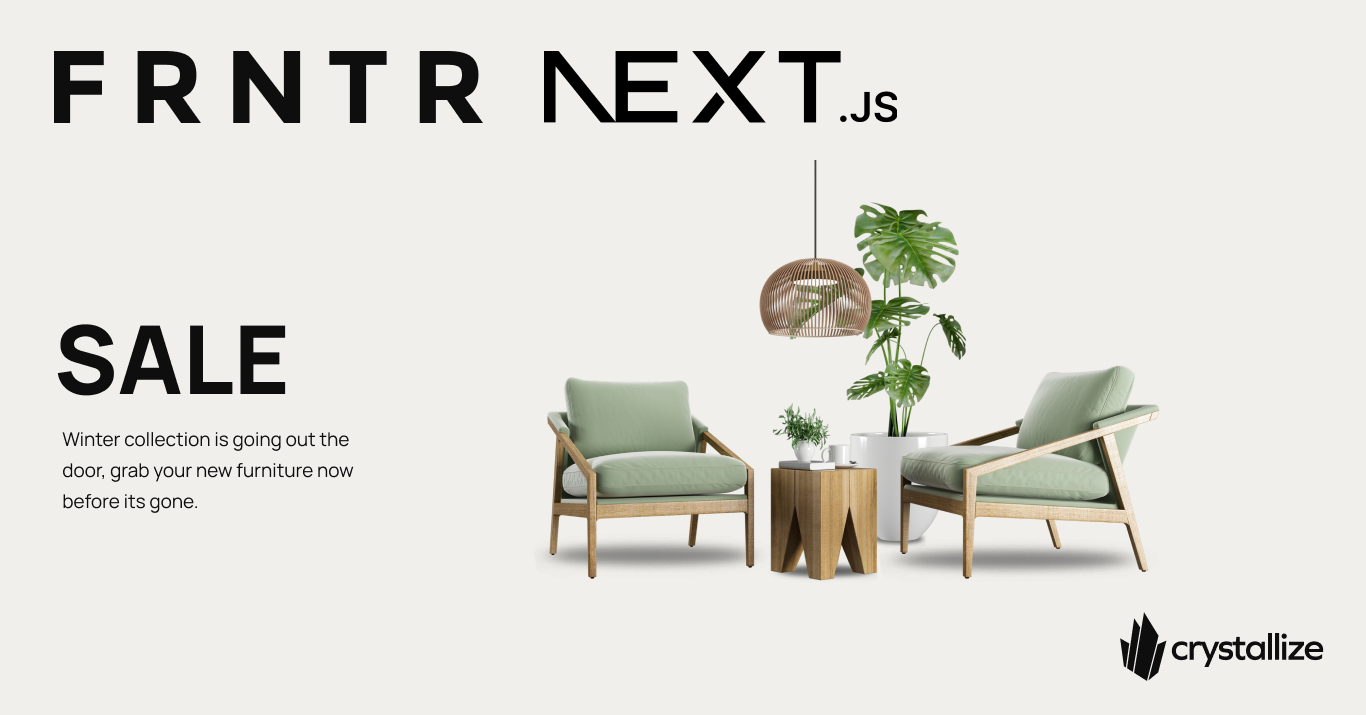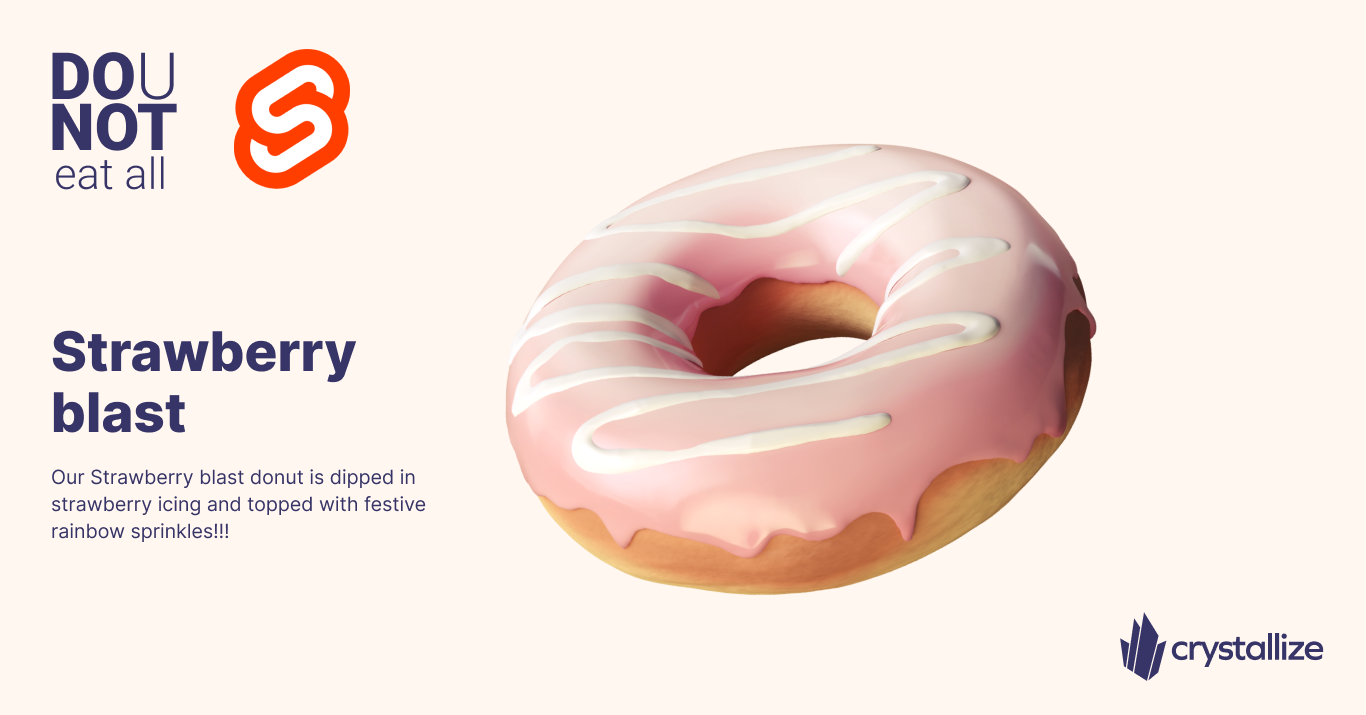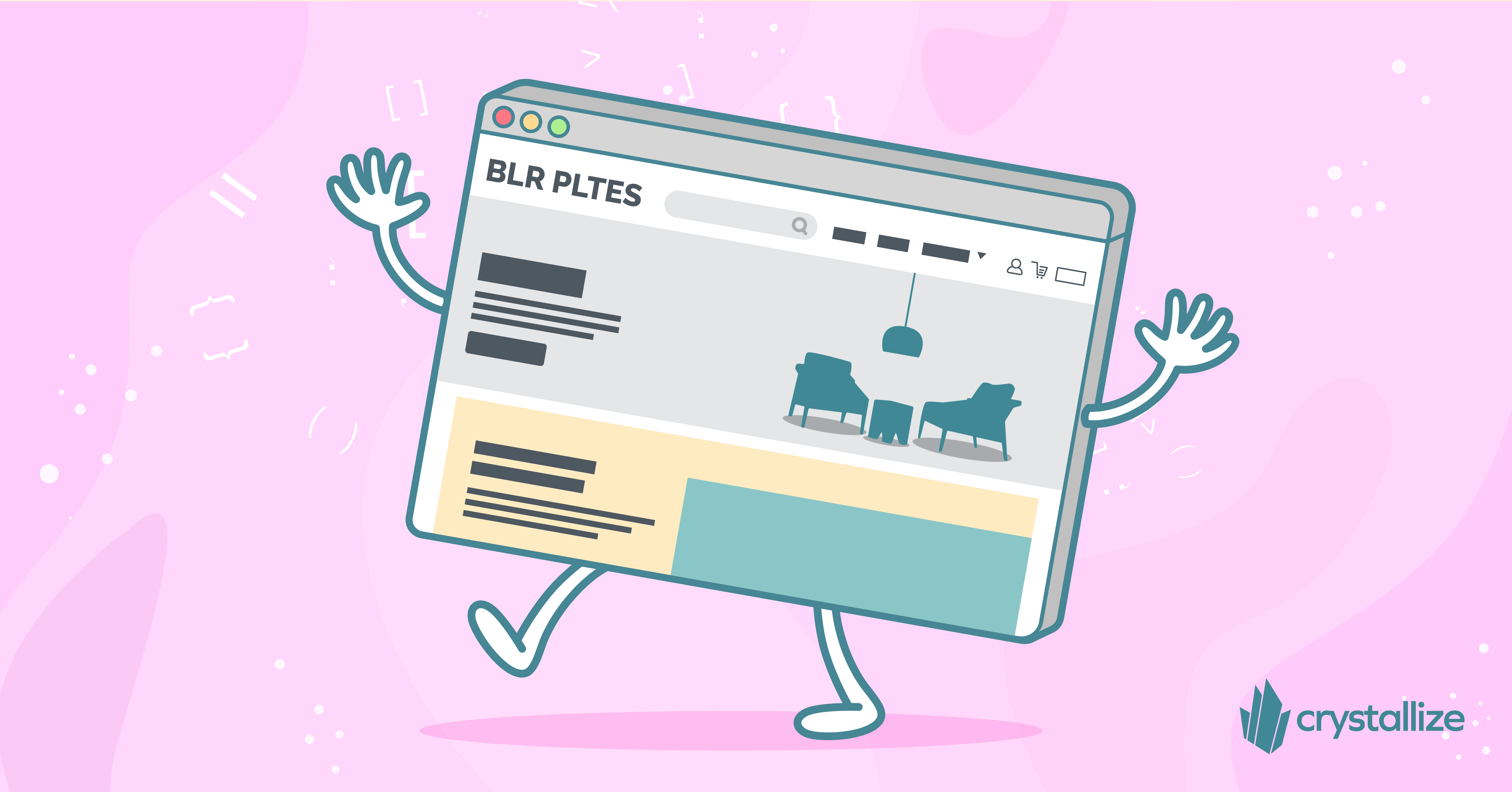What Does A Developer Need To Do To Get Started With Crystallize?
Whether you're a seasoned pro or a beginner developer, let's review the basic requirements for working with Crystallize.

So you want to get started with headless eCommerce, and Crystallize in particular? It’s easier than you may think! We’ll talk you through getting your entire tech stack in order so you can hit the ground running.
Operating System
You can develop in Windows, macOS, or whatever you like. As long as you can access the Internet with a web browser, you're good to go.
On the Backend
Crystallize will serve as the headless backend of your stack. You’ll use its GraphQL APIs and the Crystallize App to manage your content. Here’s what you’ll need to get started:
- A Crystallize account. It’s free to sign up.
- By creating an account, you’ll automatically receive a new, empty tenant for which you will be the Tenant Admin. If that’s what you’re looking for, you’re all set! However, if you intend to access someone else’s existing tenant, you’ll need to be invited to their tenant and granted the appropriate permissions for the things you want to work with (like the tenant’s catalogue, for instance).
- Access tokens for API access. (Read more about authentication in Crystallize here.)
On the Frontend (or Frontends)
The good thing about Crystallize is that it’s headless and platform-agnostic. You can use whatever frontend technology you like and develop applications for as many platforms as you can imagine: web, mobile, kiosk, and more. Below is a general idea of what you’ll need to support your desired frontend(s).
- Your favorite developer tools: command line interfaces (CLIs), an integrated development environment (IDE), one or more web browsers, your programming libraries of choice, a package manager like npm or Homebrew to keep them sorted, and something to test/deploy your frontend locally and to the cloud (ex. Vercel).
- Github: optional, but super useful for version control. Crystallize also provides nifty open-source tools, Apps, and other free resources in Github monorepos that you’re free to access and modify as you wish.
The Crystallize Command Line Interface (CLI)
At this point, you’re ready to try out one of our free open-source boilerplates or start loading your new tenant with content from scratch or an existing source. Our Crystallize CLI can help you with boilerplates and importing data from other tenants. Try running this command in your terminal:
npx @crystallize/cli-next@latest --helpIf you don’t already have dependencies, you’ll be prompted to install them. Once installed, you’ll see all the available commands and options for the CLI. This includes installing boilerplates, dumping existing tenants, and importing dumps to other tenants.
It could be really helpful for getting started with a boilerplate and/or quickly grabbing data from a production tenant to be used within a test environment. But, there are some limitations when it comes to importing data with the CLI. You may want to use a different approach if you'd like more control over what gets imported.
Other Ways to Import Existing Data to Tenants
We detail the various ways you can import data into Crystallize in our Importing Data guide. We recommend that you spend the time to get your content modeling right before importing anything. When you’re ready, you’ll have several options to choose from. Our import utilities and tenant copy procedure are just a few examples.
Inputting Tenant Content From Scratch
If you're starting from scratch with no existing data, make sure you’ve done your content modeling first. Then, we recommend checking out our User Guide for working with tenants through the Crystallize App and our Dev Guide for the programming side of things. Our Learn section also contains open-source resources, livestreams and video tutorials, best practices, and more.
👉Example Boilerplate Deployment.
Here’s an example where I stepped through the entire process of installing and deploying one of our free Crystallize NextJS open-source boilerplates. It also involved getting my MacBook Air set up to handle everything. I found the process easy and fun, and I’m not a developer by trade! I’m sure you’ll think it’s a breeze, too.
- Hands-On Experience: How to Build an eCommerce Store with Next.js?
- Next.js Starter Install Experience: Part 2
We have many more boilerplates for Remix, Next, and more, and we’re adding new ones all the time!

What’s Next?
We hope you’ll enjoy working with Crystallize and discovering its many advantages in performance, scalability, and flexibility. Add new frontends, try out several boilerplates to see what’s possible. Crystallize supports a wide range of eCommerce around the world.
If you have any questions or run into any issues, we’re happy to help! Join our Slack community and message us there.
Take the Next Step👣

Hands On Experience: How to Build an eCommerce Store with Next.js?
Getting started (or returning) to web development with React can be easier than you think.

Hands-On Experience: How to Build an eCommerce Store with SvelteKit?
eCommerce storefront with SvelteKit, Houdini, Tailwind, and Crystallize. It’s easier than you think.

Retail eCommerce Remix Boilerplate Has Been Released!
Remix and eCommerce go well hand in hand, and we have a free open-source boilerplate for retail storefronts to prove it.
